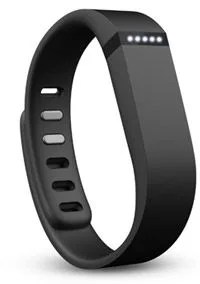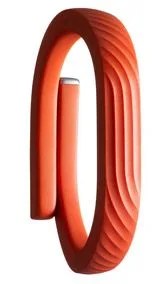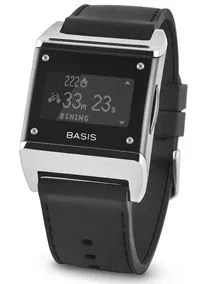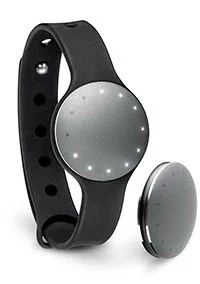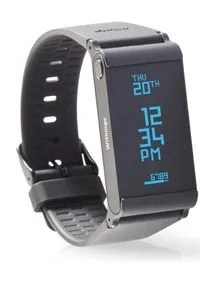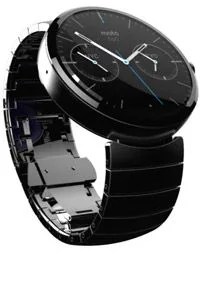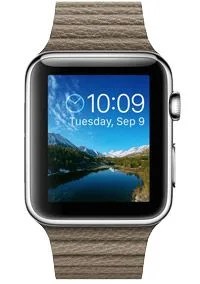In the wake of the Apple Watch reveal, most people were left with one question: are wearables even worth it? Wearable tech has never been more popular, yet it’s hard to pinpoint why we’re buying it. Narcissism? Health? For the hell of it? There’ve certainly been large strides of late in advantages for consumers. Wearables were previously divided into smart watches and fitness trackers; now, most new smart watches emphasize health, and most new fitness trackers tell time.
Among the blooming, increasingly diverse crop of wearables, some are worthwhile and some aren’t; they all track distance and calories, and most tell time. They all have their pitfalls — battery life, compatibility, reliability, size, price — but what determines the best device is your individual needs. Do you need to streamline your workflow or measure how streamlined your backstroke is? Do you need a sleek timepiece or do you dig the outright nerdy look? Weigh your responses and use our guide below.
MORE WEARABLES Alternatives to Wearables | Review: Misfit Shine | The Apple Watch
Samsung Galaxy Gear S
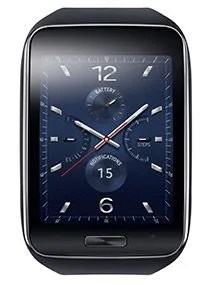
Best Wearable for Creatives: Due out in October, the Galaxy Gear has generated quite a buzz. Samsung’s smart watch looks pristine with a 2-inch super AMOLED customizable display that curves with your wrist, giving the impression of a wide bracelet. Besides telling time, the watch has 3G access, wi-fi, and Bluetooth connectivity. With your smartphone nearby, you can make and take calls from your wrist, text, use Facebook, play music, track heart rate, sleep patterns, exercise, and even use step-by-step GPS navigation. With a 1.0GHz Dual Core Processor, 512MB RAM and 4GB of internal memory, the Galaxy Gear S’s only potential downfall is price; seeing as the original Galaxy Gear went for $299 upon its release, the Galaxy Gear S is unlikely to be far off.

